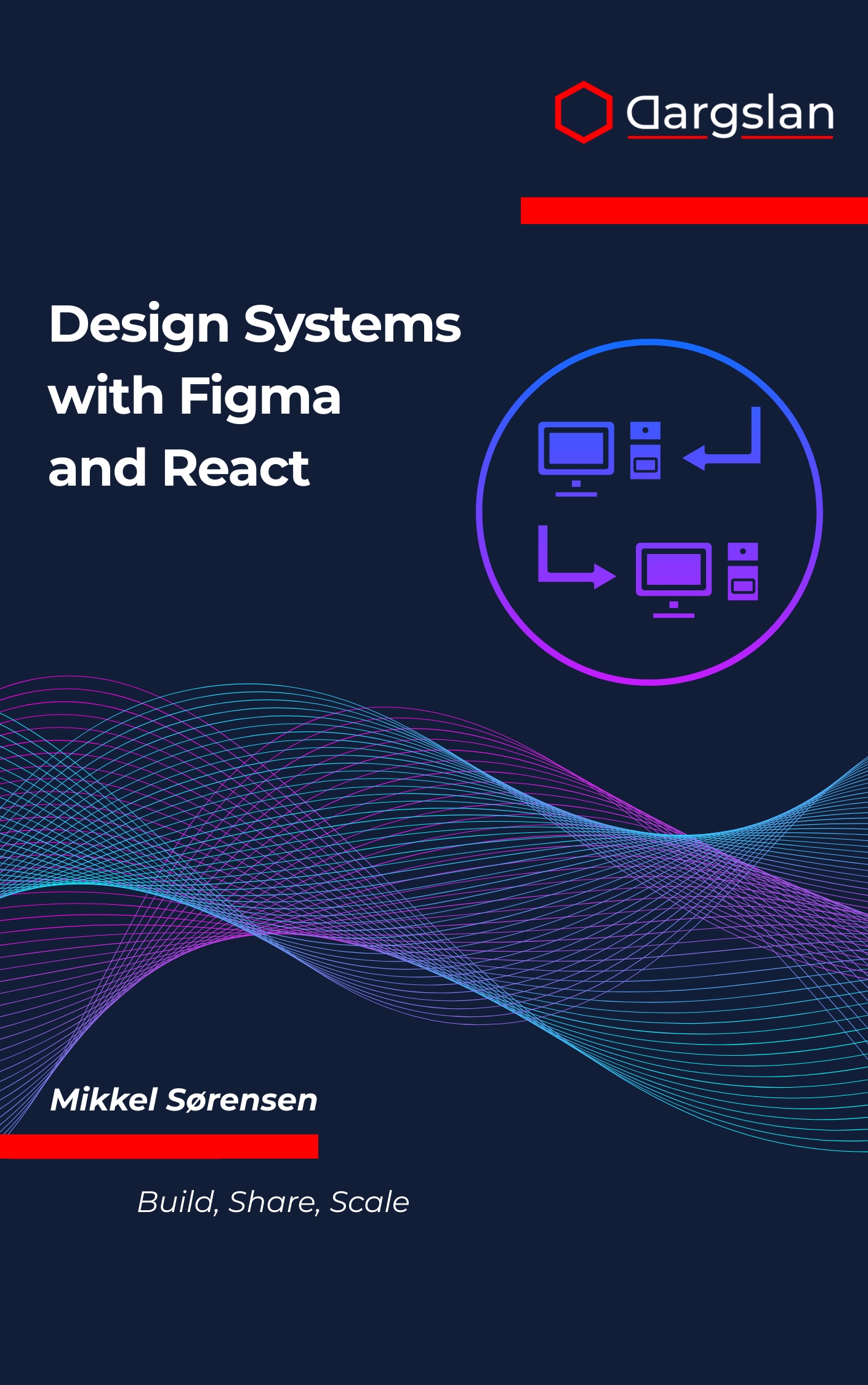Auditing and Compliance on Linux Servers
Auditing and Compliance on Linux Servers: A Practical Guide to Security Policies, Logging, and Regulatory Compliance,Achieve Linux server compliance with logging, auditing, and policy controls.

Proving security controls, passing audits, and catching anomalies across Linux estates shouldn’t be guesswork. With the right blueprint, you can turn system activity into evidence-grade telemetry, strengthen defenses, and satisfy auditors without slowing delivery.
Built for modern environments in finance, healthcare, and the public sector, this guide shows how to design audit policies that align with regulatory mandates and operational realities. You’ll learn to capture what matters, store it efficiently, and report with confidence when it counts.
A Practical Guide to Security Policies, Logging, and Regulatory Compliance
Overview
Auditing and Compliance on Linux Servers: A Practical Guide to Security Policies, Logging, and Regulatory Compliance is an IT book and programming guide that reads like a hands-on technical book for practitioners working with Linux at scale. It covers the Linux Audit System in depth, from auditd configuration and file integrity monitoring to compliance automation, OpenSCAP implementation, and resilient logging infrastructure, while walking you through access control auditing, security hardening, and regulatory compliance reporting. Expect practical coverage of audit reporting, incident response, forensic analysis, network security monitoring, privilege escalation detection, and automated compliance assessment—delivered through step-by-step methods you can apply immediately.
Who This Book Is For
- System administrators who need to operationalize logging and auditing across fleets, ensuring consistent policies, noise reduction, and rapid root-cause visibility.
- Security engineers and compliance officers seeking repeatable workflows for audit evidence, automated benchmarks, and defensible controls that meet PCI DSS, HIPAA, and SOX.
- IT leaders and DevOps teams motivated to reduce audit friction—build trust with stakeholders, accelerate approvals, and pass assessments on the first attempt.
Key Lessons and Takeaways
- Design a robust audit strategy that maps controls to risks and regulations, translating high-level policies into concrete audit rules and log pipelines grounded in real-world environments.
- Implement the Linux Audit System with confidence: tune auditd configuration, capture high-value syscalls, and pair file integrity monitoring with AIDE or Tripwire to detect unauthorized change.
- Build a scalable logging infrastructure that supports query, correlation, and retention, enabling fast incident response, forensic analysis, and continuous evidence generation.
- Automate compliance checks using OpenSCAP implementation and security benchmarks to standardize hardening, enforce baselines, and run scheduled policy validation at scale.
- Strengthen access control auditing and privilege escalation detection with precise rules for sudo, PAM, and sensitive binaries, ensuring you can trace who did what and when.
- Elevate network security monitoring by correlating service activity, configuration drift, and authentication events, surfacing early indicators of compromise and lateral movement.
Why You’ll Love This Book
This guide replaces vague advice with precise, step-by-step instructions and real configuration patterns. Each technique is grounded in production experience, complete with ready-to-use rules, templates, and benchmarks you can adapt quickly. The result is a practical path from baseline logging to fully automated, audit-ready operations—without drowning your team in data.
How to Get the Most Out of It
- Start with strategy, then implement: read the policy and framework chapters first, then follow the auditd and file integrity monitoring sections to build your foundation.
- Apply as you go: deploy sample audit rules in a staging environment, measure event volume, and iterate to reduce noise while preserving forensic depth.
- Reinforce learning with mini-projects: create a change-detection lab using AIDE, configure OpenSCAP to run nightly automated compliance assessment, and produce a weekly audit reporting dashboard.
Get Your Copy
Transform Linux logging into a dependable compliance engine and an incident response force multiplier. Build controls that are measurable, explainable, and audit-ready from day one.




